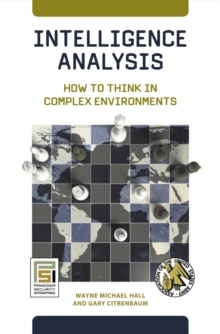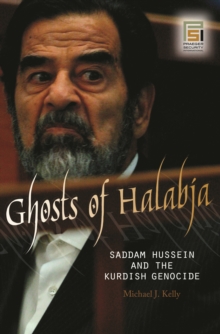![Gulf Military Forces in an Era of Asymmetric Wars : [2 volumes], Multiple-component retail product Book Gulf Military Forces in an Era of Asymmetric Wars : [2 volumes], Multiple-component retail product Book](http://speedyhen.dmmserver.com/media/640/97802759/9780275992507.jpg)
Gulf Military Forces in an Era of Asymmetric Wars : [2 volumes] Multiple-component retail product
by Khalid Al-Rodhan, Anthony H. Cordesman
Part of the Praeger Security International series
Multiple-component retail product
- Information
Description
The significance of the Persian Gulf to international peace and security and to the global energy market cannot be overstated.
Events such as the attacks of September 11 and the rise in energy demand and prices have only highlighted the importance of stability in the Gulf to the health of the global economy.
This book demonstrates that the nature of military and political threats in the Gulf states (Bahrain, Saudi Arabia, Iran, Iraq, Qatar, Yemen, and the UAE) has shifted during the past three years.
Although the threat from Saddam Hussein's Iraq, which produced three recent, major conventional wars-Iran-Iraq (1980-88), Persian Gulf (1990), and Iraq (2003)-has largely disappeared, it has been replaced by concerns over the asymmetric warfare conducted by terrorist organizations and over the proliferation of WMDs by both states and terrorists.
These developments are affecting the defense planning and strategic posture of each country, and this book analyzes developments in the force structures of the Gulf states and their ability to deal with this shift in the nature of the threat. The military and security forces of the Gulf states must evolve to adapt to the changing nature of the threat and take into account the risk of the Iraqi insurgency and the uncertainty surrounding Iraq's future.
The key areas covered in this book include the internal terrorist threat to Saudi Arabia and the Gulf states; the impact of Iran's nuclear program and the risk it poses to energy and internal security in the Gulf area; and border disputes within the region that could develop into conflict.
In addition, the book studies the impact of the Iraq War on regional security and the fear of the insurgency spilling over into neighboring states.
Cordesman and Al-Rodhan demonstrate a shift toward using internal security services to deal with the threat of extremism and asymmetric warfare.
They also suggest that high energy prices and export revenues provide the Gulf countries the opportunity to upgrade their military forces and deal with their undercapitalization as a result of low oil prices in the 1990s.
Moreover, they insist that the future of Iraq, the strategic and nuclear posture of Iran, and the terrorist threat will remain major risks and uncertainties in the short to medium run.
Information
-
Out of StockMore expected soonContact us for further information
- Format:Multiple-component retail product
- Pages:656 pages
- Publisher:Bloomsbury Publishing Plc
- Publication Date:30/12/2006
- Category:
- ISBN:9780275992507
£103.00
£71.73
Information
-
Out of StockMore expected soonContact us for further information
- Format:Multiple-component retail product
- Pages:656 pages
- Publisher:Bloomsbury Publishing Plc
- Publication Date:30/12/2006
- Category:
- ISBN:9780275992507



